Click below to watch the video:
The Prophet Muhammad was born in the Year of the Elephant. Is this ancient story myth or could it have happened? What do the earliest records tell us? Was Abraha a real person? Did he invade Arabia with a great elephant?
Video Transcript
Q&A Video #34 This is a general transcript of a Dan Gibson video.
Hello, I am Dan Gibson, and this is another Question and Answer video. This week’s question comes from Ahmed, who asks about the story of Abraha and the Elephant. I have received several emails during this last year asking about Abraha. So let’s address some of the issues. Lets address some of the questions that come out of this story.
Remember, the study of Yemeni history is a specialized study, as there are many unique things about Yemen. It is also a relatively unexplored part of the world. Only a few archeological digs have taken place, and much of what we know comes from surface finds.
First Question: Was Abraha a real person?
Well, a number of Abraha Inscriptions have been found in Yemen and southern Arabia. I am not sure how many there are, but each of them are named and numbered.
The largest Abraha inscription is known as CIH 541. It describes a rupture in the great Marib dam, and its repair, and other historical events around 541 AD. In other videos I have talked about the Marib Dam and why it was important to Islam’s history, so we won’t address it here.

Abraha Inscription
Another inscription is found in the vicinity of the Well of Murayghaan. It is about a military incursion into Arabia against the tribe of Ma’ad. Places are not really mentioned, just the names of the tribes. After conquering the tribes Abraha returns to Yemen. The date given corresponds to 552 AD.
Another Abraha Inscription, known as DAI GDN 2002-20 comes from the Marib dam. It was discovered laying in the sand, close to the dam in 2004. It is a limestone column, and inscribed on all four sides. It talks about the construction of the North Sluice for the Dam around 548 AD.
But what is of interest to us is yet another Abraha Inscription. This is an undated inscription called Ryckmans 506 in which Abraha goes on another expedition to central Arabia. On the way he reaches Yethrib or Medina. This is probably the actual expedition of Abraha with his army and his elephant. Professor. Kister concluded that this event took place around 552 AD.
Regardless of the actual date, there is no doubt that there was a Yemeni ruler known as Abraha, and that he sent an excursion north from Yemen into Arabia. It is accepted that much of Arabia was under the control of Yemen for at least ten years, perhaps much longer. This is why Yemen played such an important role in the early years of Islam.
Abraha had some kind of Christian faith, and so he had a church built in Sana’a, Yemen. (Greek: Ekklesia or church) Some of the earlier texts do not call it anything other than a church, but some of the later texts call it a cathedral, and some describe it as a great building.
Abraha then tried to convince the local Yemeni’s to worship there, but they wanted to go north to worship at the Ka’ba. Eventually, a Kinanite man came to Yemen and went into the church and defiled it with dung. Abraha was angry and swore he would destroy this Ka’ba building.
In the Islamic account, Abraha marches north out of Yemen and conquers the tribes all the way up to Medina. From there he continues marching on to Mecca.
Now according to the archeological record that we have studied, the only Mecca at this time was the first Mecca, known today as Petra in Jordan. Up until this time, there were no mosques facing Mecca in Saudi Arabia, and there is no archeological record that there was much of anything at the Saudi location at this time.
Now when Abraha approached the city, (that would be the city of Petra approaching from the south) Muhammad’s grandfather tried to negotiate with them, but in the end the people withdrew from the city. Ibn Hisham tells us: The people took up defensive positions on the mountain heights, and in the passes of the mountains (thaniyas) for fear of all the soldiers.”
The terms mountain heights and thaniyas in the mountains is more reminiscent of Petra than Mecca. Mecca’s mountains are several kilometers from the Ka’ba. I remember in the early days when I heard that story, and I was looking at photos of Mecca, I wondered “How could the people look down from the mountain heights and see clearly what was happening, because it is so far away?
But in Petra, it was common for the people to gather on the mountains, protected by massive cliffs all around. From there they could look right down on the Ka’ba building almost below them. It was also possible for those on the mountains to throw down rocks on the people in the valley bellow them, and to use small catapults to rain rocks onto the army below the. This would not be possible in Mecca in Saudi Arabia because of the distance, but it was very possible in Petra, with the high cliffs that surround the valley with the city in the middle. And the Ka’ba building in Petra, as we know it today, was right near the cliffs of Habis mountain. They next day Abraha prepared to enter the area, and he made his great elephant ready for battle. This was described as a very large elephant, the size of which the people had never seen before. When it came time to attack, the elephant refused to move. In the end, the army was rushed by rocks, and they fled. It appears that on the way back they were also struck by some disease, and many of them died. Some commentators think it was small pox.
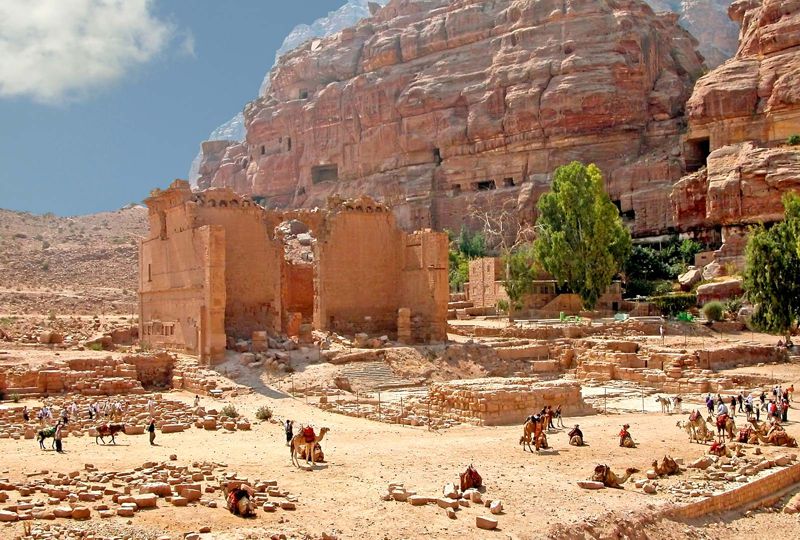
Original Ka'ba in front of Hubal's Temple
Now that is a very quick over view from Ibn Hisham; the oldest record that we have of this story. I did not give the details, because many of the details are in question. For instance, when Ibn Sa’ad writing 200 years after Muhammad, tells us the story, but in his account there were 13 elephants. So the number of elephants have grown over the years.
Now there are several questions people ask here. For instance, what kind of elephant was it? There are three possibly answers. It could have been an Asian elephant from somewhere near India, (It could have been a North African Elephant, or it could have been an African Elephant. Each of these is different with different characteristics)
The Asian elephants were used by Alexander and his generals in Europe. They saw these elephants in India when they were there and they brought elephants back with them. This elephant is much smaller and has quite small ears, and it has a temperament that allows it to be quite well tamed and controlled. But Abraha’s elephant could not have been an Asian elephant because it is described as being very large.
Now there also was a North African, and an African Elephant. So there were two (or three) kinds of elephants from Africa. Each of these has different characteristics. The North African elephant is now extinct. But it was the kind of elephant that was used by Hannibal, when he attacked Rome. These were the elephants that were on the plains around Carthage, and they tamed them and they used them in their army. What records we have show that the North African Elephant is smaller like the Asian elephant. In the case of Abraha’s elephant, it is described as very large, which gives us the idea that perhaps it was an African Elephant. These elephants were very large in size, and they also had very large ears.
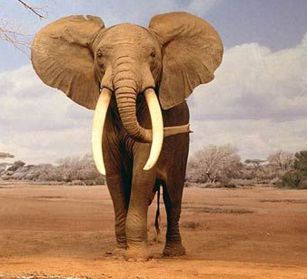
An African Elephant
The African elephant had a reputation for being stubborn, and hard to tame as it has a mind of its own. It was not considered always reliable in battle as it was difficult to control in the noise and the distraction of a battle. That is why I think Abraha’s elephant was most likely an African Elephant. And besides, the African Elephant is very adapted to desert life. That brings us to another issue. How did they bring an elephant all the way from Yemen up to Petra? It seems very far, and the deserts are very severe.
There are several things we need to consider. First, this story took place around 550 AD. That is about one thousand five hundred years ago. The deserts of Arabia at that time were not nearly as severe as they are today.
One of the ways of checking this is to look at art that was drawn 1000 years ago in Arabia. Both the Umayyads and the Byzantines record hunting wild animals from hunting lodges. The deserts back then were often more grassland than the deserts we know today. So I do I think it was possible to take a single grass eating elephant from Yemen to Petra. I think it is very possible that Abraha brought his elephant up to the south of Petra.
Then there is the question of the birds. The Qur’an in Sura 105, The Elephant, speaks of this event, but the text of the Qur’an does not mention much about the elephant:
Have you not considered, how your Lord dealt with the companions of the elephant? Did He not turn their plan into misguidance? And He sent against them birds in flocks, Striking them with stones of hard clay, And He made them like eaten straw.
So the Qur’an speaks more about a great flock of birds that came over the battlefield. There are records of flocks of migrating swallows flying over the Middle East in flocks as large as 100,000 birds at a time. You can imagine the terror, in the middle of battle and suddenly the sky turns dark with this huge flapping of wings of all of these birds coming across the battlefield. I am sure that it was very memorable to the armies that were there.
It is not clear whether the birds struck Abraha’s army with stones, or if the birds just flew over, while the stones were being thrown down from the cliffs onto the army. In time later writers made it out that the birds dropped the stones. In any case, Abraha fled and returned to Yemen. On the way many of his soldiers suffered from a plague. After returning to Yemen, Abraha died from the plague.
The reason why this story is important is because and why it is remembered is because this was this same year that Muhammad was born.
Now I want to point out one last thing. And it relates to the inscriptions that are in Yemen. This kind of thing may only be of interest to historians, but it gives you an idea of some of the other topics than can be drawn from Abraha’s story. In the inscriptions written before Abraha traveled, the inscriptions always started In the Name of Rahmanan and his son … an Ethiopic Christian type of opening, giving God the title of Rahman, and then mentioning his son, Jesus.
But after Abraha’s trip to Mecca (Petra) he writes In the Name of Rahmanan and his Messiah. This is a different opening. It is very similar to the Christology of the Eastern-Syrian Church.
Historians have argued over this since the 1960s, but what is of importance here, is that once we identify Petra as being the location of the Ka’ba at the time of Abraha, we have a direct link between the Eastern Syrian Churches around Petra and King Abraha of Yemen. Did Abraha’s visit to the Ka’ba bring him in contact with the Eastern Christianity as it was around Petra? Is this why the terms used in the inscriptions changed?
If so, it is just another indicator that Abraha went all the way to Petra, and there came in contact with the Eastern theology. (Eastern Diphysitism)
I am Dan Gibson, and this has been another Question and Answer video.
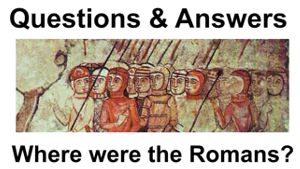

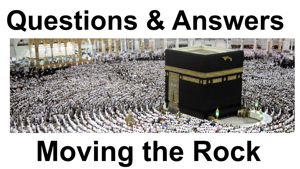
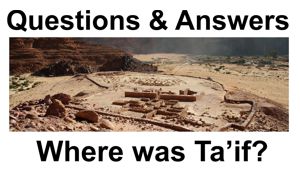
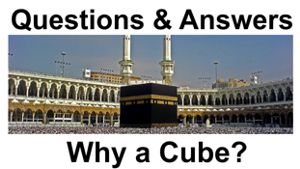
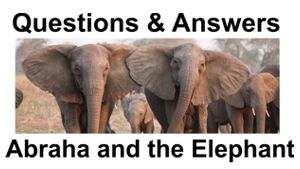
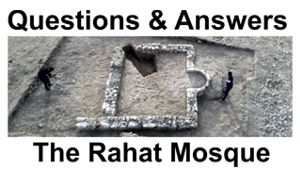
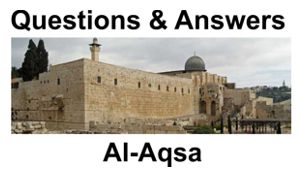
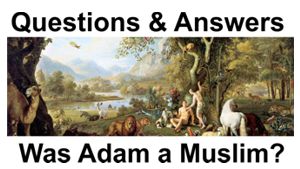
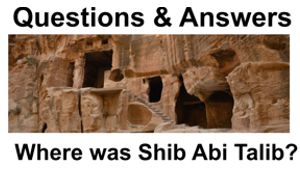
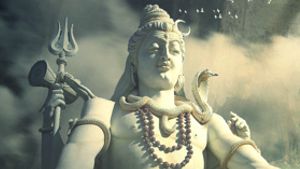


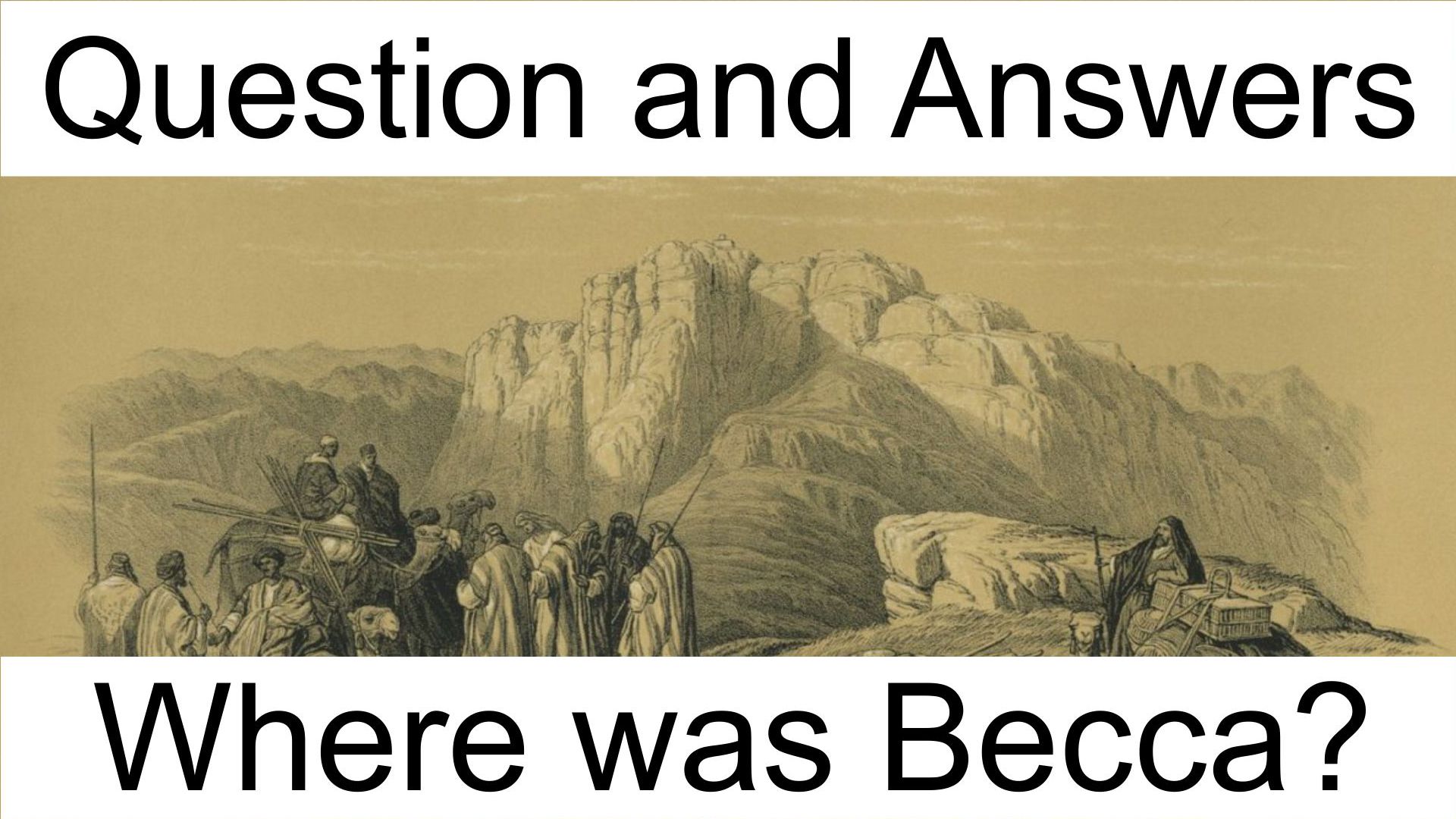

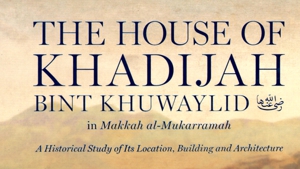
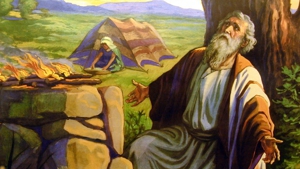
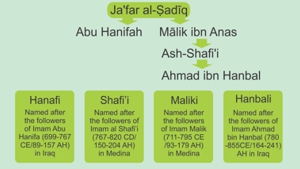

Page Discussion
Membership is required to comment. Membership is free of charge and available to everyone over the age of 16. Just click SignUp, or make a comment below. You will need a user name and a password. The system will automatically send a code to your email address. It should arrive in a few minutes. Enter the code, and you are finished.
Members who post adverts or use inappropriate language or make disrespectful comments will have their membership removed and be barred from the site. By becoming a member you agree to our Terms of Use and our Privacy, Cookies & Ad Policies. Remember that we will never, under any circumstances, sell or give your email address or private information to anyone unless required by law. Please keep your comments on topic. Thanks!